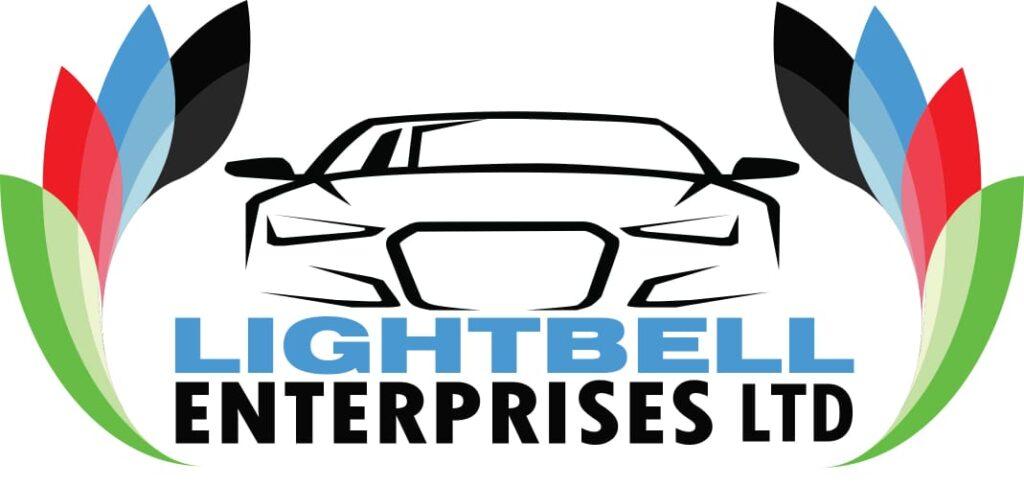Unraveling the Technology and Advantages of Amaron AGM Batteries: A Comprehensive Guide
Unraveling the Technology and Advantages of Amaron AGM Batteries: A Comprehensive Guide
Introduction:
In an era driven by technological advancements and sustainability, the demand for efficient energy storage solutions has skyrocketed. Among the myriad options available, Amaron AGM (Absorbent Glass Mat) batteries have emerged as a frontrunner, revolutionizing the way we power various applications, from automotive vehicles to renewable energy systems. This comprehensive guide delves deep into the intricacies of Amaron AGM batteries, shedding light on their technology, advantages, applications, and future prospects.
What is an AGM Battery?
AGM stands for Absorbent Glass Mat. AGM batteries are a type of lead-acid battery where the electrolyte (sulfuric acid) is absorbed into a fiberglass mat separator, rather than being free-flowing like in traditional flooded lead-acid batteries. This design makes AGM batteries spill-proof, maintenance-free, and resistant to vibration, which makes them ideal for various applications such as UPS (Uninterruptible Power Supply) systems, emergency lighting, renewable energy storage, and automotive use. AGM batteries are known for their high performance, deep cycle capabilities, and versatility in different environments. They’re often chosen for their reliability and ability to deliver consistent power.
How AGM Technology Differs from Conventional Lead-Acid Batteries
AGM (Absorbent Glass Mat) technology is a type of lead-acid battery, but it differs from conventional flooded lead-acid batteries in several key ways:
Construction: In AGM batteries, the electrolyte (sulfuric acid) is absorbed into a fiberglass mat separator, which is placed between the lead plates. This design immobilizes the electrolyte, preventing spills and leaks even if the battery case is broken. Conventional lead-acid batteries, on the other hand, have free-flowing electrolyte.
Maintenance: AGM batteries are sealed, maintenance-free batteries. They do not require adding water to the cells, as conventional lead-acid batteries often do. This makes AGM batteries more convenient for many applications, especially in situations where regular maintenance is difficult or impossible.
Cycle Life: AGM batteries typically have a longer cycle life compared to conventional flooded lead-acid batteries. They can withstand a higher number of charge-discharge cycles before experiencing significant degradation, making them suitable for applications that require frequent cycling, such as renewable energy systems and backup power supplies.
Mounting Flexibility: AGM batteries can be mounted in various orientations (upright, sideways, or even upside down) without affecting their performance, thanks to their sealed construction. Conventional lead-acid batteries need to be mounted in specific positions to prevent electrolyte leakage.
Resistance to Vibration: The design of AGM batteries makes them more resistant to vibration and mechanical shock compared to flooded lead-acid batteries. This makes AGM batteries suitable for use in vehicles and equipment subject to rough terrain or constant movement.
Charging Characteristics: AGM batteries generally have lower internal resistance and faster charging capabilities compared to flooded lead-acid batteries. This means they can accept higher charging currents, making them suitable for applications where rapid recharging is required.
Environmental Sustainability and Recyclability
Amaron AGM (Absorbent Glass Mat) batteries are widely regarded for their advanced technology and high performance, but their environmental sustainability and recyclability are also important considerations. Here are some key points regarding these aspects:
Lead-acid Chemistry: AGM batteries, like many other lead-acid batteries, contain lead, which is a toxic heavy metal. Improper disposal of lead-acid batteries can lead to soil and water pollution, posing significant environmental hazards. However, lead-acid batteries are also highly recyclable, with up to 99% of the materials in the battery being recyclable.
Recycling Process: The recycling process for AGM batteries involves separating the various components, such as lead, plastic, and electrolyte. Lead is the primary material of value in these batteries and is typically the focus of recycling efforts. The lead can be smelted and reused in new batteries or other lead-based products.
Environmental Impact: Proper recycling of AGM batteries significantly reduces their environmental impact compared to improper disposal. When recycled correctly, the lead content is contained and reused, minimizing the release of lead into the environment. Additionally, recycling conserves natural resources by reducing the need for new raw materials.
Regulatory Compliance: Many regions have regulations in place regarding the disposal and recycling of lead-acid batteries to mitigate environmental risks. These regulations often require proper collection, transportation, and recycling processes to ensure that batteries are handled in an environmentally responsible manner.
Life Cycle Assessment: Assessing the environmental impact of AGM batteries requires considering their entire lifecycle, including raw material extraction, manufacturing, use, and end-of-life disposal or recycling. This lifecycle approach helps identify areas where improvements can be made to minimize environmental impact, such as reducing energy consumption during manufacturing or increasing the efficiency of recycling processes.
Future Prospects
Amaron AGM (Absorbent Glass Mat) batteries are gaining popularity due to their superior performance, especially in applications like automotive, renewable energy storage, and backup power systems. The future prospects for Amaron AGM batteries include:
Technological Advancements: Continued research and development in battery technology could lead to enhancements in performance, energy density, and lifespan for AGM batteries, making them even more competitive in various industries.
Automotive Sector: With the increasing demand for electric vehicles (EVs) and hybrid vehicles, AGM batteries could see significant growth as they are often used in start-stop systems and auxiliary power applications due to their ability to handle frequent cycling and deep discharges.
Renewable Energy Storage: AGM batteries are also well-suited for renewable energy storage applications, such as in solar power systems and off-grid installations. As the adoption of renewable energy sources continues to grow, so too could the demand for AGM batteries to store this energy.
Telecommunications and Backup Power: AGM batteries are commonly used in telecommunications infrastructure and as backup power for critical systems. As the need for reliable backup power solutions persists, AGM batteries could maintain a strong presence in these markets.
Economic Factors: The future prospects of AGM batteries will also be influenced by economic factors such as raw material prices, manufacturing costs, and competition from other battery technologies like lithium-ion. Improvements in manufacturing processes and economies of scale could lead to cost reductions and further market penetration.
Environmental Regulations: Increasing focus on environmental sustainability and regulations regarding battery disposal and recycling could also shape the future of AGM batteries. Companies investing in environmentally friendly practices and recycling initiatives may gain a competitive advantage.
Conclusion:
Amaron AGM (Absorbent Glass Mat) batteries play a significant role in shaping the future of energy storage due to their advanced technology and versatile applications. Here are several ways in which Amaron AGM batteries contribute to the evolution of energy storage:
Efficiency and Reliability: AGM batteries are known for their high efficiency and reliability. They have low internal resistance, which allows for efficient charging and discharging, making them ideal for energy storage systems where reliability is paramount.
Renewable Energy Integration: With the increasing adoption of renewable energy sources such as solar and wind, there is a growing need for effective energy storage solutions to manage intermittent power generation. Amaron AGM batteries can store excess energy generated during peak production periods and release it when demand is high or when renewable sources are not available, thus facilitating the integration of renewables into the grid.
Off-Grid Power Systems: AGM batteries are widely used in off-grid power systems, providing reliable electricity in remote areas where grid access is limited or nonexistent. These batteries store energy from sources like solar panels or generators, ensuring continuous power supply even in remote locations.
Backup Power for Critical Infrastructure: AGM batteries are commonly used as backup power systems for critical infrastructure such as hospitals, telecommunications facilities, and data centers. In the event of a power outage, these batteries can quickly supply electricity, ensuring uninterrupted operation of essential services.
Electric Vehicles (EVs): AGM batteries are also utilized in hybrid and electric vehicles for their high energy density, fast charging capabilities, and long cycle life. As the demand for electric vehicles continues to rise, AGM batteries will play a crucial role in providing reliable energy storage solutions for automotive applications.
Home Energy Storage Systems: With the increasing popularity of residential solar panels and the desire for energy independence, there is a growing demand for home energy storage systems. Amaron AGM batteries can be used in these systems



